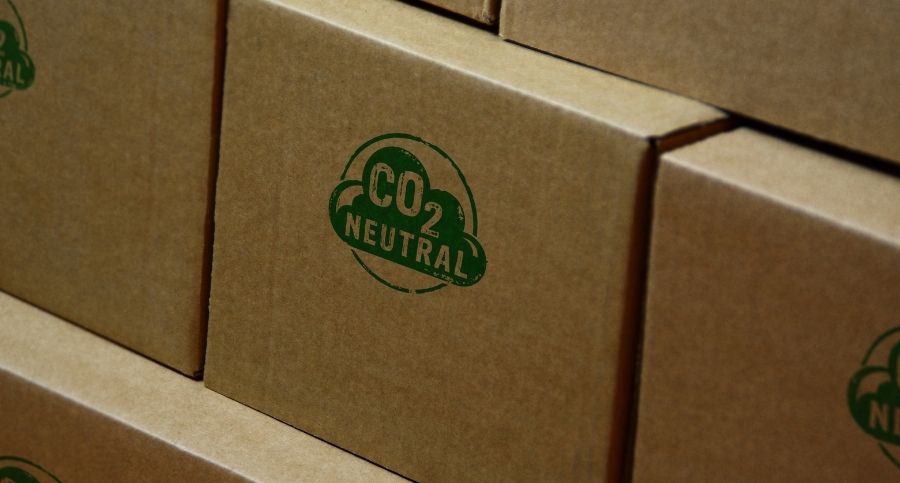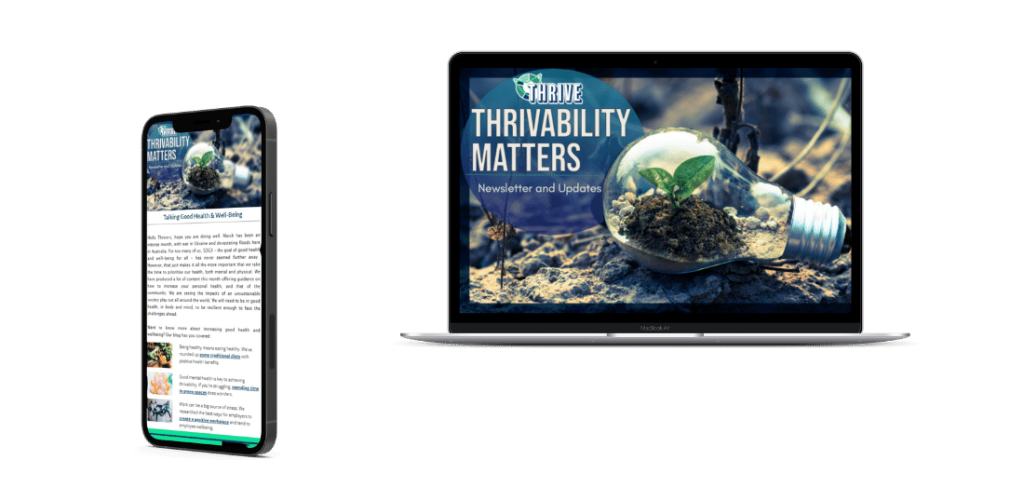What is a carbon neutral product?
When a product is certified as carbon-neutral it simply means that it did not contribute to global warming. This is achieved by making reductions to carbon emissions in all processes including packaging, operations, sourcing, and finally offsetting any unavoidable emissions through the purchase of carbon offsets.
Thus, by buying carbon offsets, businesses can invest in environmental projects to balance out their carbon emissions, and by purchasing a carbon-neutral product, shoppers can support a carbon offset project and reduce their carbon footprint.
Climate positive and climate negative are also widely used terms in discussions about consumer products and their emissions. Climate positive and climate negative both mean removing extra carbon (beyond the amount produced) from the atmosphere through offsetting projects.
How does a product get offset?
Firstly, a product must be assessed to evaluate the CO2 emissions that it will produce. This requires an extensive and thorough audit to observe what environmental impact it will have during its entire life cycle.
The actual certification is given when the carbon footprint of a product is calculated, avenues for reducing carbon emissions are identified, and the remaining emissions are offset.

What companies currently offer carbon neutral consumer products?
There are thousands of products and services that are currently certified as carbon neutral, including Biolite, Biome, Leafshave, and the sustainable shipping service, Sendle.
Sendle’s offsetting projects include restoring native forests in Australia and sequestering carbon on degraded agricultural land, reforestation in Mississippi, and a conservation project in Peru.
Companies pledging to up their game
Amazon’s Jeff Bezos has recently pledged to get the company carbon neutral by 2040, and they aren’t the only large organization aiming to offset their emissions. Microsoft has committed to carbon negative by 2030 and Volkswagen has vowed to create a carbon neutral manufacturing process by 2050.
First and foremost, therefore, are actions to avoid or reduce CO2 emissions. In the second phase, the energy supply in the entire value chain is converted to less CO2-intensive or renewable energy. Unavoidable CO2 emissions across the Group are offset through climate protection projects that meet the highest international standards.
Source: Volkswagen
Swedish furniture company IKEA has committed to becoming climate positive by 2030. To do this, they’re aiming for solely renewable electricity throughout all IKEA operations and transform into a circular business.
Our ambition is to only use renewable or recycled materials in our products by 2030, introduce more plant-based food into the range, and continue to source materials and food from more sustainable sources such as Forest Stewardship Council® (FSC®) certified wood.
Source: IKEA
Notable carbon offset projects
Cool Effect is a non-profit organization that oversees multiple carbon offsetting projects – from providing clean cookstoves to households in China, to community tree-planting in Kenya. Cool Effect also gives people the chance to offset their flights and other transport options by donating directly to offsetting projects globally.
Another notable carbon offset project is Native Energy. Established in 2000, Native Energy has helped companies, such as Ben & Jerry’s, reduce their environmental impact by offsetting the carbon footprint of their manufacturing facility in Vermont.
Moreover, the carbon-neutral bottled water company, Open Water, is involved in numerous carbon offsetting projects, including helping to protect 200,000 acres of mixed hardwood forest in Minnesota and capturing landfill-generated methane in Massachusetts.
How to identify carbon neutral consumer products
How do you find out whether the products you buy are carbon neutral certified? Although many companies use greenwashing to mislead consumers, there are companies out there who are positively impacting the global environment.
If you want to support carbon-neutral products, there are many different places you can find verified companies. Carbon Trust has a directory of 1,100 organizations that have received carbon certification, including companies verified as entirely carbon-neutral.
Amazon has also started a Climate Pledge Friendly program, that collaborates with third-party certification bodies to identify sustainable products – some of which are completely carbon-neutral.
In terms of finding products with a genuine carbon-neutral certified label, Ecolabel Index provides a comprehensive list of offsetting providers and their certification labels. Ecolabel Index covers 199 countries and 25 industry sectors — increasing eco-transparency for buyers and sellers alike.
Shared responsibility
Carbon offsetting certification encourages businesses and countries to take a thorough look at their processes and take responsibility for the entire lifecycle of their products. Consumer awareness and education are key to reducing the carbon footprint of the products we use.
When both customers and businesses take joint responsibility for carbon use, we are more likely to achieve the goals set out in the Paris Agreement and achieve a thrivable future for planet Earth.
References
Volkswagen. What Volkswagen is doing for the environment. Retrieved in 2021 from: https://www.volkswagenag.com/en/news/stories/2019/12/what-volkswagen-is-doing-for-the-environment.html
IKEA. What does being climate positive mean for IKEA? Retrieved in 2021 from: https://about.ikea.com/en/sustainability/becoming-climate-positive/what-is-climate-positive
Climate Neutral. The world needs to reach zero net carbon emissions by 2050. Brands and consumers
can lead the way. Retrieved in 2021 from: https://www.climateneutral.org/why-go-neutral


